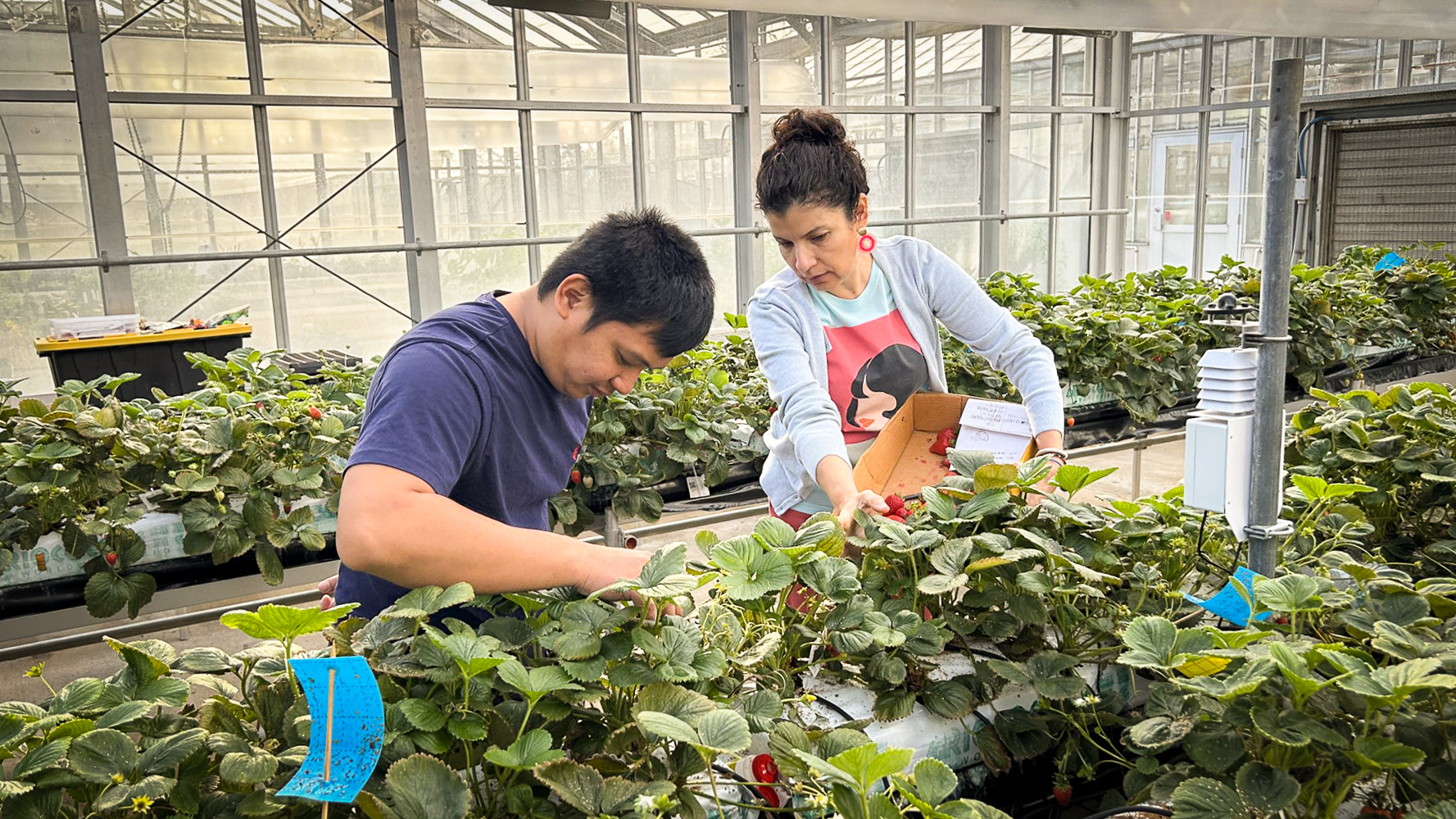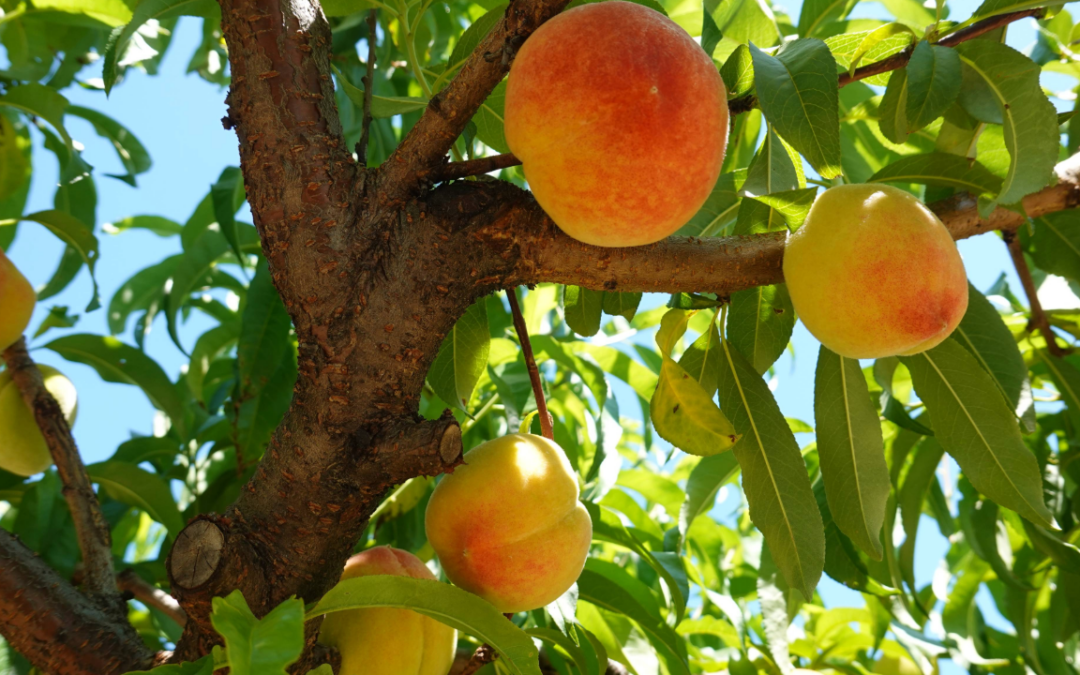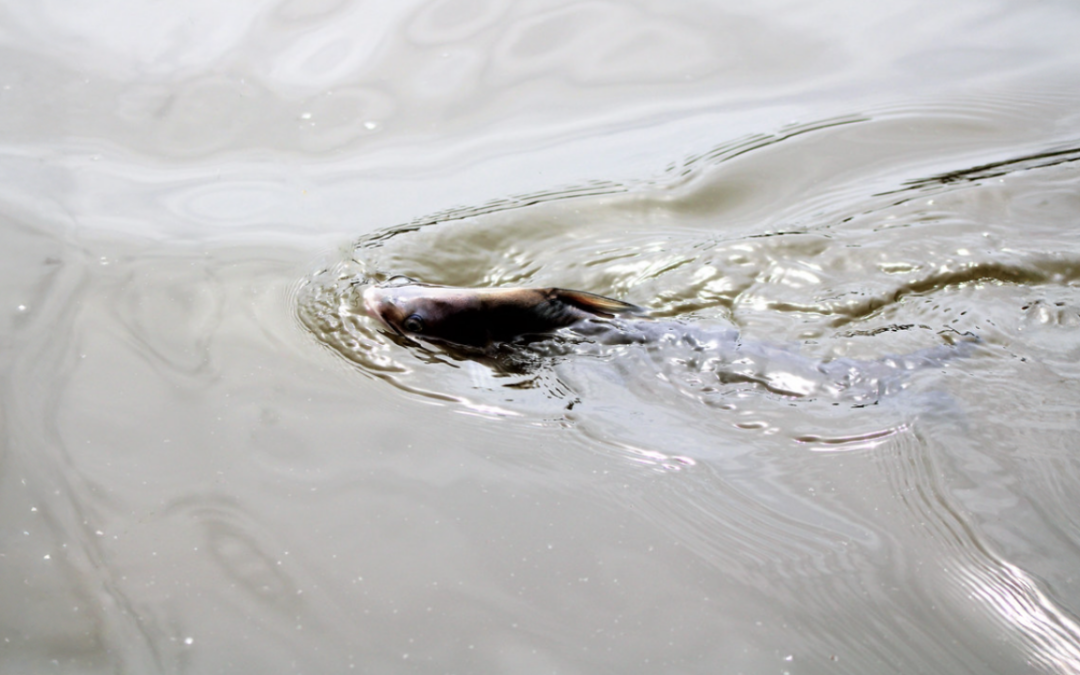Fresh Alabama strawberries in November, December, January and February?
It’s not as far-fetched as it may sound. In fact, research taking place at the Auburn University Alabama Agricultural Experiment Station (AAES) is showing great promise in growing strawberries in alternative production systems, including hydroponics.
“Our research program combines physiological knowledge with modeling approaches to develop decision-support tools to understand the plant’s physiological responses to environmental stress and climate variability,” said Melba Salazar-Gutierrez, assistant professor of horticulture in the College of Agriculture and researcher with AAES.
“Currently, we are studying a broad range of topics on fruit crops, including blueberries, strawberries, peaches and watermelons, some of which are grown in conventional systems while others, like blueberries and strawberries, are grown in alternative production systems such as containers, high tunnels, greenhouses and the combination of greenhouse and hydroponics,” Salazar-Gutierrez said.
In Alabama, small fruit production — including strawberry production — is increasing. And since strawberries are a relatively new production crop for Alabama, there is little research dedicated to it.
In 2017, it was estimated that Alabama had 111 acres of strawberry production valued at $339,000, but it has the potential to expand as new methods and technologies for growing become available, Salazar-Gutierrez said.
“The goal of the hydroponic strawberry project is to assess the feasibility of cultivating strawberries in a controlled environment,” she said.
Hydroponics is a type of horticulture that involves growing crops without soil by using water-based mineral nutrient solutions. Production usually occurs in a controlled environment, such as a greenhouse.
“Our research aims to understand and model the whole plant physiology, including phenological stages, growth development and yield, to develop models for decision support tools that address farmers’ and industry needs,” Salazar-Gutierrez said.
“We also hope to reduce the use of pesticides for management practices, implement IPM strategies to monitor and control pests using biological controls, and introduce beneficial organisms such as predatory insects to naturally control pests.”
Another goal of the research is to strategically exploit the advantages of hydroponics to shift and extend the traditional strawberry cultivation season in Alabama, she said.
“We want to achieve strawberry production during non-traditional months such as November, December, January and February,” Salazar-Gutierrez said. “This extension of the growing season can add value for growers in terms of market advantage and diversifying the availability of fresh strawberries. It also will help meet consumer demand outside the typical production period in Alabama, which traditionally occurs from March to June.”
The demand for strawberries is high due to several factors, Salazar-Gutierrez said. Strawberries are considered a nutrient-rich superfood and rank among the top 20 fruits that are high in antioxidants. Additionally, strawberries are a great source of many vitamins, minerals and other beneficial compounds.
“Consumers also prefer locally sourced produce, and they place a high value on the reduction of pesticide use in production, she said.”
While the primary aim of the project is to evaluate the possibility of growing strawberries in an alternative system, researchers also want to create a model to help understand the physiological process of the crop under greenhouse conditions.
“Additionally, we want to provide information that can be used by farmers who are interested in growing strawberries in greenhouses and hydroponics,” Salazar-Gutierrez said. “Globally, progress is being made in this type of production system to help meet the worldwide food demand.”
The research itself involves growing two day-neutral strawberry cultivars, “Albion” and “San Andreas.” These cultivars were planted in September 2022 at the AAES Plant Science Research Center at Auburn University to evaluate the feasibility of the crop being grown under hydroponic conditions. A new cycle of the same cultivars was planted in September 2023. After this crop cycle, a new one will be planted this fall.
Measurements, including photosynthesis, phenology, growth and development are being conducted.
“Further evaluations have been performed for fruit quality, yield and dry matter accumulations to completely know these cultivars’ performance,” Salazar-Gutierrez said. “In addition, weather data in the greenhouse was collected to evaluate the influence of climatic conditions on plant performance for later model development. We have now begun the second year of data collection.”
This study is the first of its kind at Auburn University, she said, so results will be of significant help to Alabama growers by providing relevant information on strawberry cultivation under protected environments.
When growing strawberries in an open field, soil quality, water use, pesticide application, climate management, space (land) and field cultivation are subject to seasonal variations, limiting the availability of fresh strawberries to specific times of the year, Salazar-Gutierrez said.
“At this point in the research, we have found that it is possible to grow strawberries using hydroponics,” she said. “We began our second year of planting this past September, but it is still too early to provide specific recommendations. As this is a research project, we still have much to evaluate. This includes not only the production of the strawberries but also conducting a sensory panel and nutritional analysis.
“We plan to conduct further research to identify the investment required, which can be high but can start at a small scale. This alternative can be tried for out-of-season production when prices are typically high.”
Results of the research, Salazar-Gutierrez said, will be shared through a variety of methods, include peer-reviewed publications.
“In addition, we will also share preliminary information during growers’ meetings,” she said. “We recognize the importance of providing a complete picture to growers, and as such, we will work closely with the Alabama Cooperative Extension System to ensure that our findings, including the advantages and disadvantages, are communicated effectively.”
Support for the research project has come from an Auburn University College of Agriculture-AAES seed grant as well as an aquaponics grant from the USDA. As more data becomes available, researchers will apply for federal grants to help support their work.





